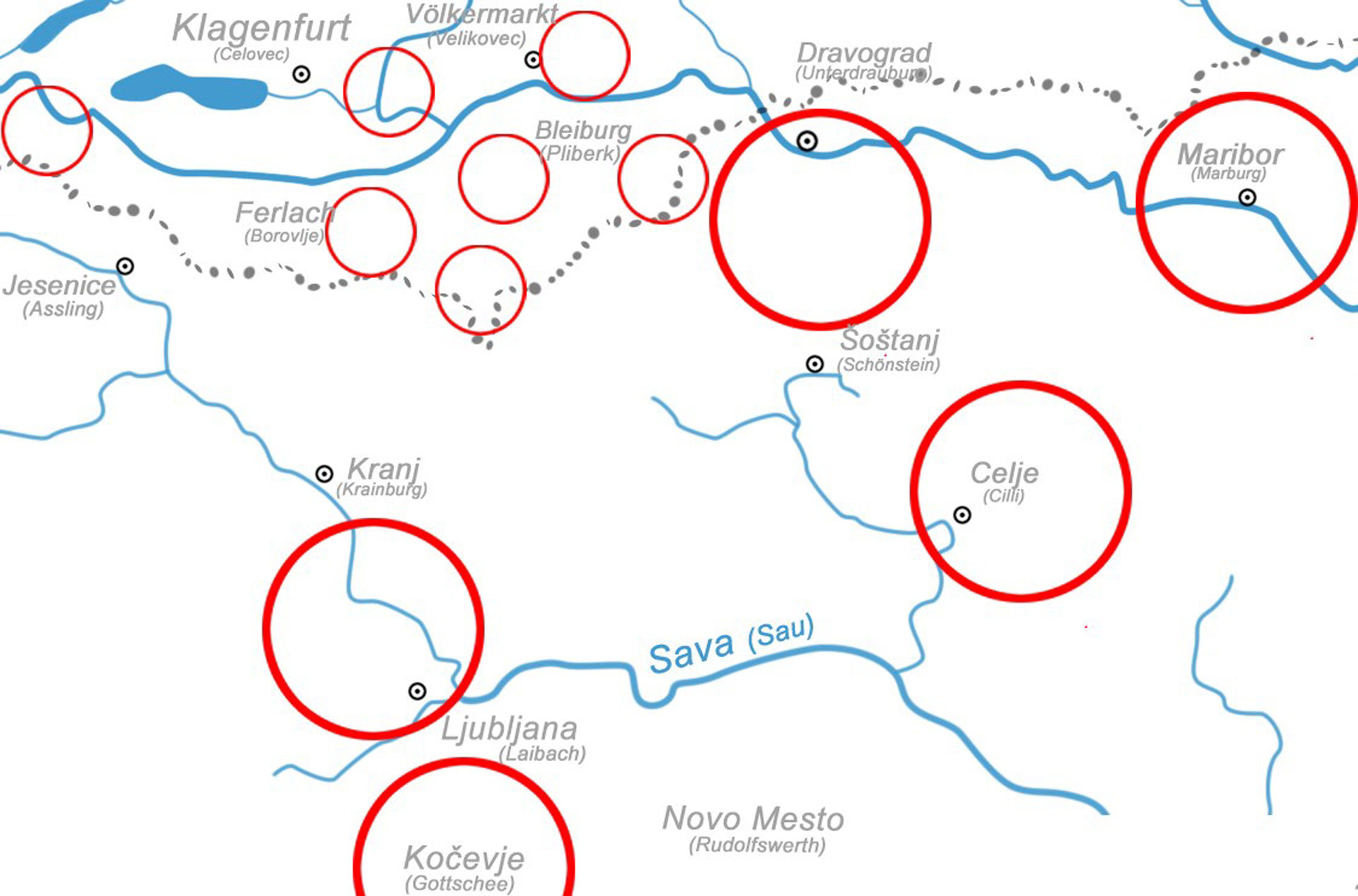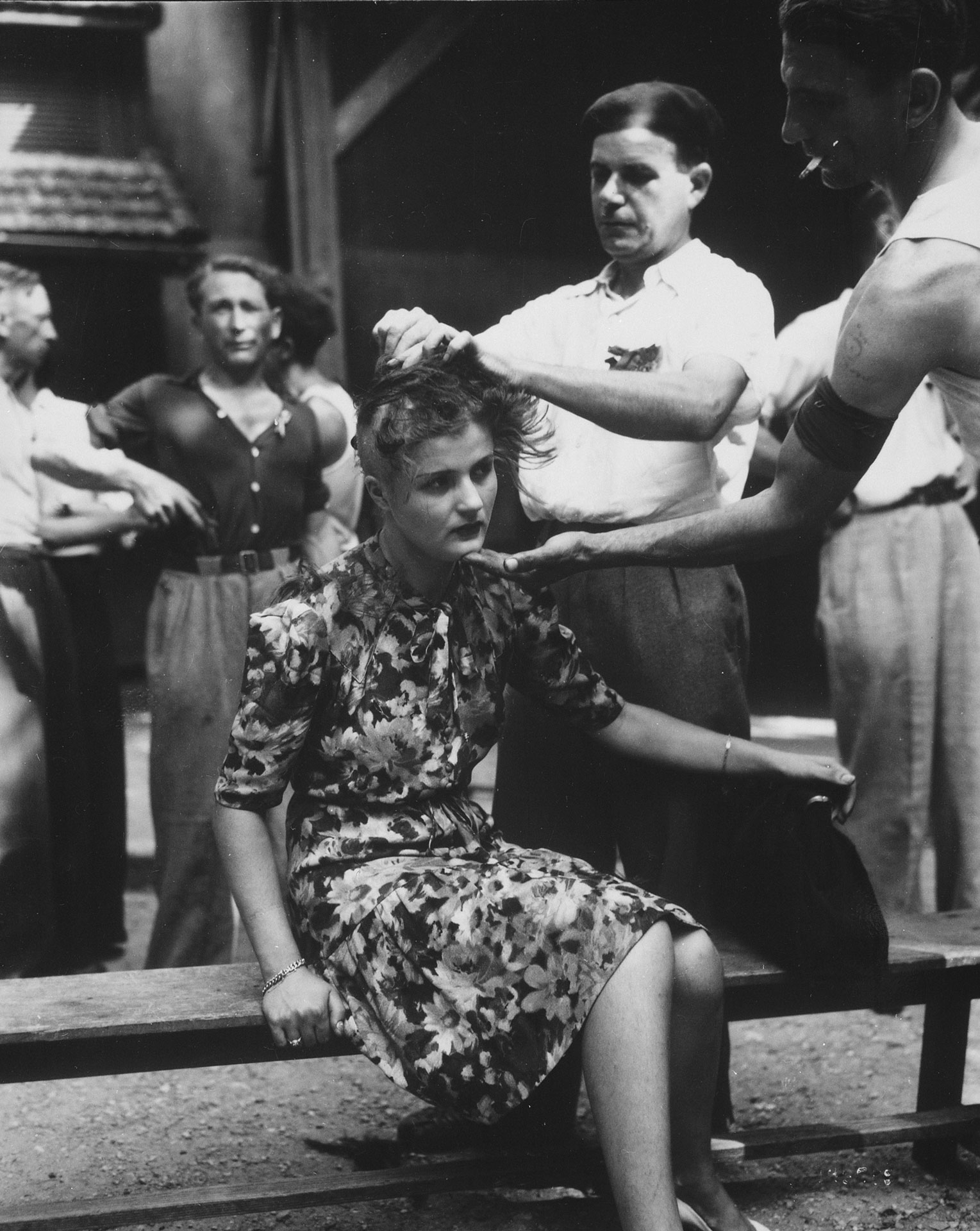Transgressions by resistants
In 1953, the famous Yugoslav Jewish communist surrealist poet Oskar Davičo published a collection of poems titled “A Man’s Man” (Čovekov čovek). His self–reflexive and critical poetry framed important questions about the struggle for liberation and the future of the emancipatory project which was born out of the revolutionary war. One verse asked:
Can you be innocent, but alive
Breathe, but not be taint with blood
Fight, but have your gentle palms
Fly an unstained flag?
The struggles against the violent occupation regimes, if they were victorious, had to have been violent themselves. Sometimes, the violence was necessary, sometimes it was transgressive, unpunished, and often unrepentant.
In occupied Yugoslavia, the Communist Party used various methods to build, unify and control the massive resistance movement. Apart from relying on propaganda, exemplary leadership, and sometimes self–sacrifice, the communists also used disciplinary violence. Death by bullet or hanging was sometimes cast upon partisans who were accused of treason or indiscipline. Civilians were also put on trials for theft or cooperation with the enemy. There were also phases of revolutionary violence. During the so–called “Left Turns” in parts of Herzegovina and Montenegro in 1942, hundreds were killed under suspicion of real or potential siding with the anti–communist forces, sometimes simply for being wealthier peasants.
Class–based executions were repeated after liberation, but many were formalized through judicial proceedings, and often as a consequence of proven collaboration. Thousands were executed for wearing an enemy uniform, although many more survived through amnesties of soldiers recruited by the Chetnik commands or any other, conscription–based (“regular”) forces, as the Home Guards. In all forms of applied punishment there were many excesses and transgressions, fueled by a combination of ideology and punitive revenge. Two of the most known examples are mass killings of Axis Croatian forces around Bleiburg (Austria) and the remaining “Chetnik” forces around Mountain Zelengora (eastern Bosnia).
Punitive revenge also took place elsewhere in Europe. In France, the liberation in 1944/45 was accompanied by what has been called the “wild purge“ (épuration sauvage) during which at least 10.000 real or supposed collaborators were killed. Part of revenge actions have also been public humiliations of women accused of “horizontal collaboration” (sleeping with the enemy), who were often shaved and then paraded through the streets. Also in other countries, women who had relations with German occupiers were accused of “immoral behaviour” and punished in different ways.
Vladan Vukliš and Nicolas Moll



